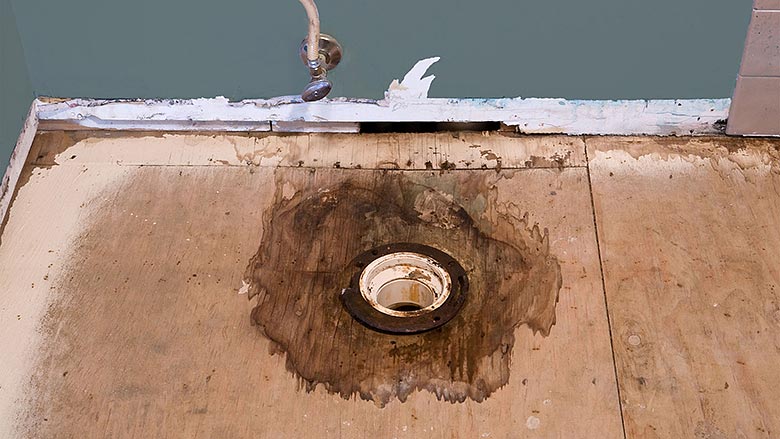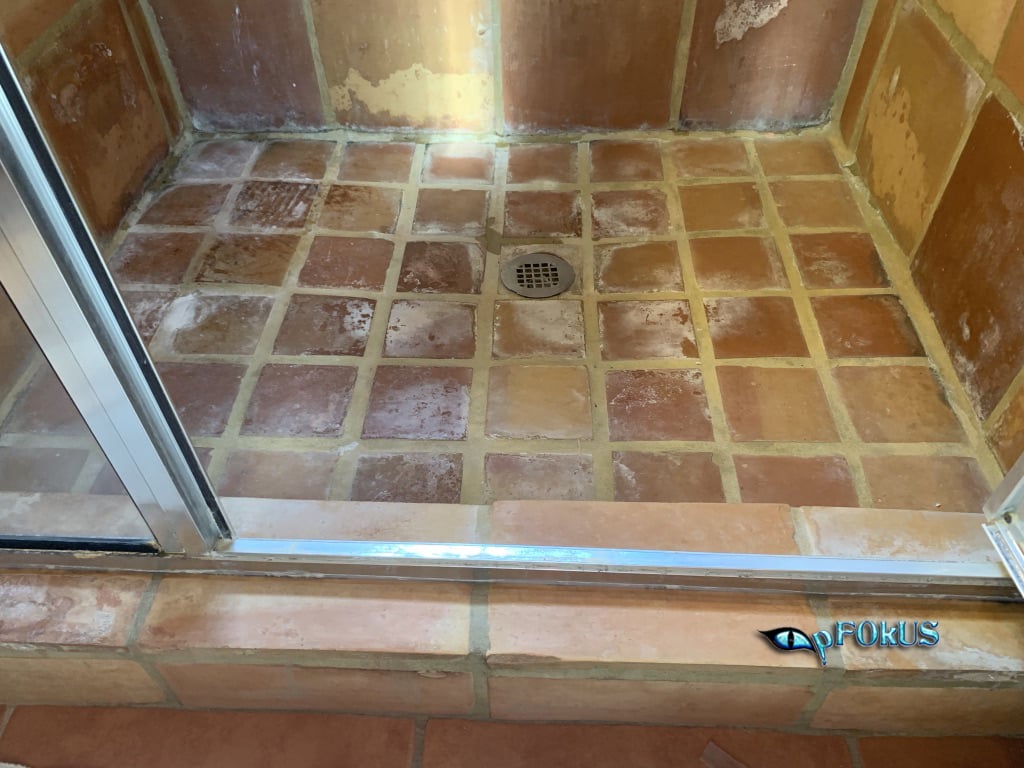How do you feel in regards to How to Repair and Prevent Bathroom Water Damage?

The bathroom is incredibly prone for moist buildup and prospective water damages as a result of the frequent use of water in it. This post supplies simple evaluation methods to assist detecting water damage threats.
The frequent use of water in the shower room makes it exceptionally at risk for moist accumulation as well as prospective water damages. By evaluating it consistently, you can reduce water related problems.
The following set of evaluations is simple to do and also need to be done as soon as in every 3 months in order to maintain your bathroom in good shape and to prevent possible water problems brought on by the bathtub, the shower, pipe joints and plumbing, sinks, cabinets, and the commode
Do not neglect executing these examinations and also be detailed while executing them. Bear in mind that these basic evaluations can save you a great deal of cash by giving very early signs for water damages
Tub as well as Shower
The shower as well as tub require unique focus as well as upkeep. Inspect the tiles and change if fractured. Make certain that there is no missing out on grout between the floor tiles. Evaluate and replace fractured caulking at joints where the wall surfaces satisfy the floor or the bathtub. Clogged drains pipes and also pipes problems will stop the bathtub from drying and might show severe issues beneath the bath tub. Seek advice from an expert right away to prevent architectural damages. Pay attention to stainings or soft areas around the bathtub wall surfaces as they might indicate an inner leakage.
Plumbing
Signs for water damage are hard to identify considering that many pipelines are set up inside the wall surfaces.
Pay unique attention to floor covering as well as walls dampness as well as stains as they might indicate an invisible plumbing issue. Check dampness degrees in adjacent rooms too.
Sinks as well as Cabinets
Sinks and also cupboards are exposed to dampness and moisture everyday and also are often forgotten. Evaluate frequently under the sink and on the counter top above it. Fix any drip in the catch as it may recommend drain issues. Look around the sink, sluggish draining pipelines may suggest an obstructed drain. Change sink seals if they are broken or loosened.
The Toilet
The commode is a vulnerable water joint. Check the water lines as well as look for leaks around the commode seat, in the tube, and under the water container. If you detect any type of indicators of wetness on the flooring around the toilet, check for leakages in the toilet rim as well as container seals.
Understand that hanging toilet dish antiperspirants enhances the opportunities for clogs.
10 TIPS TO PREVENT WATER DAMAGE IN THE BATHROOM
The average household uses approximately 80-100 gallons of water per person per day. For a family of 4, that's almost 2,500 gallons of water a week! The largest portion of this consumption comes from bathroom use. Flushing the toilet uses the most water, followed by taking a shower or bath. With that much water running through the home, water damage in the bathroom is bound to happen. Knowing how to spot signs of a water leak is essential to preventing long-term damage. This guide provides you with tips to reduce the impact of water damage on your bathroom.
CAUSES OF BATHROOM WATER DAMAGE
Pipe breaks are the most common cause of water damage we see in our daily jobs. The age of a pipe plays a large role in a pipe break as well as corrosion. Over time, the metal begins to break down, allowing water to escape. Frozen pipe breaks are also a concern in the winter months. Toilet overflows caused by paper products or children flushing inappropriate items. Degraded caulking around the toilet or bathtub can allow water seepage, sometimes behind the fixture, into the subfloor or walls. Condensation forms when the water in a pipe is cooler than the air temperature. Beads of water form on the exterior of the pipes, sometimes so much so that the water begins to drip and pool below. Sink or shower backups created by poor drainage. HOW TO PREVENT WATER DAMAGE IN YOUR BATHROOM
Inspect your toilet supply line for worn or frayed hoses and replace them as needed. Winterize your plumbing to prevent a frozen pipe break. Use vent fans to prevent condensation that can lead to mold growth. Routinely check and replace degraded caulking around your toilet or bathtub. Increase the temperature in your toilet tank and insulate your pipes during the warm summer months to keep condensation from forming. Use child safety locks on the toilets. Flush only toilet paper. "Flushable" wet wipes are actually not good for your plumbing system. Additionally, feminine hygiene products should not be flushed. Prevent water from escaping the tub or shower. Make sure shower curtains are in good condition. Inspect shower doors and replace the seal strip if necessary. Wipe up any water that accumulates on the floor and use bath mats. Water left to sit can cause damage to the tiles and flooring. Refrain from using bath products containing heavy oils to avoid a clogged drain.

I ran across that blog posting on Common Causes of Water Damage in a Bathroom when doing a lookup on the internet. Do you know anybody else who is looking into How to Repair and Prevent Bathroom Water Damage? Do not hesitate to promote it. Thanks for taking the time to read it.
Go Deal